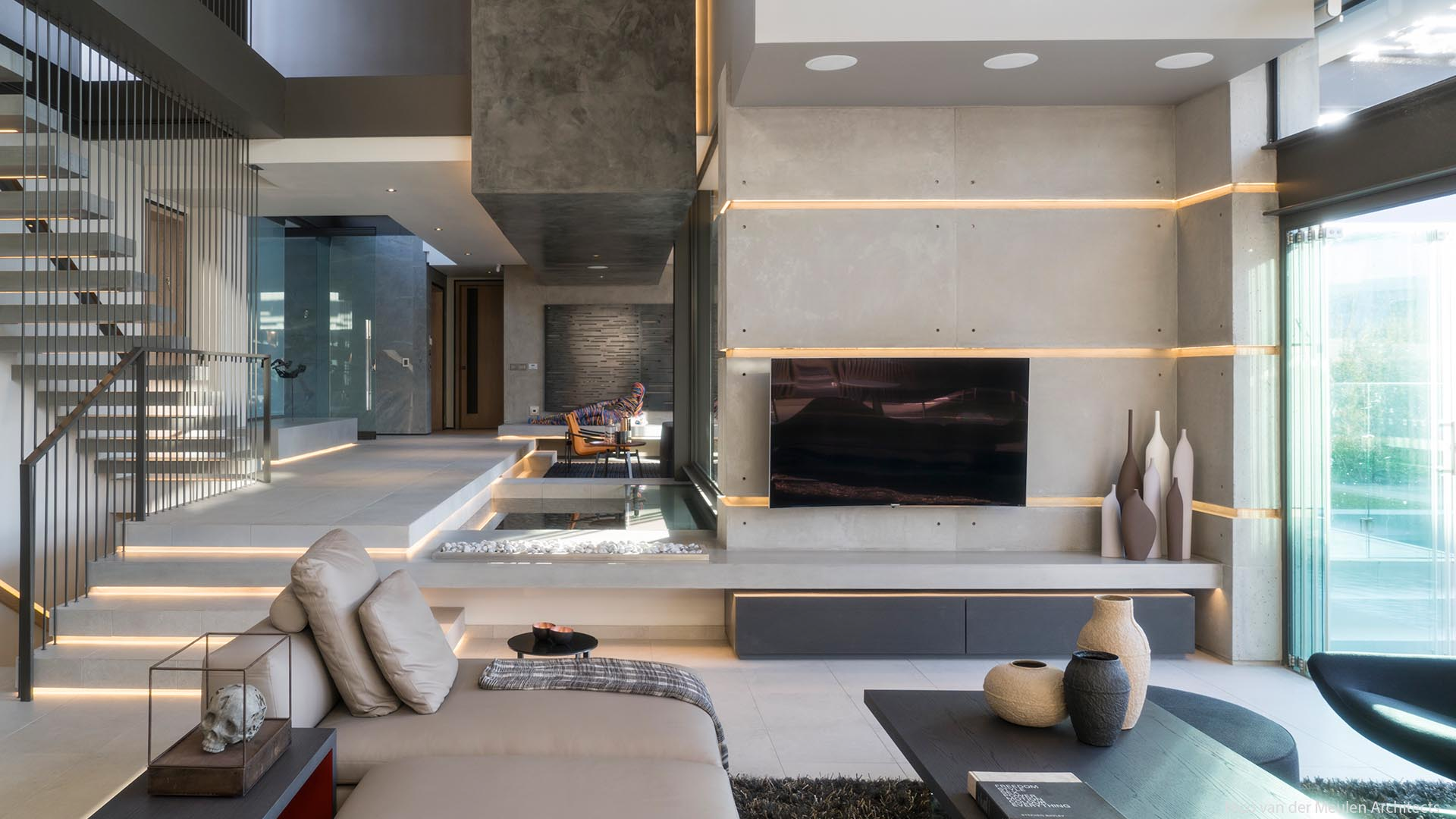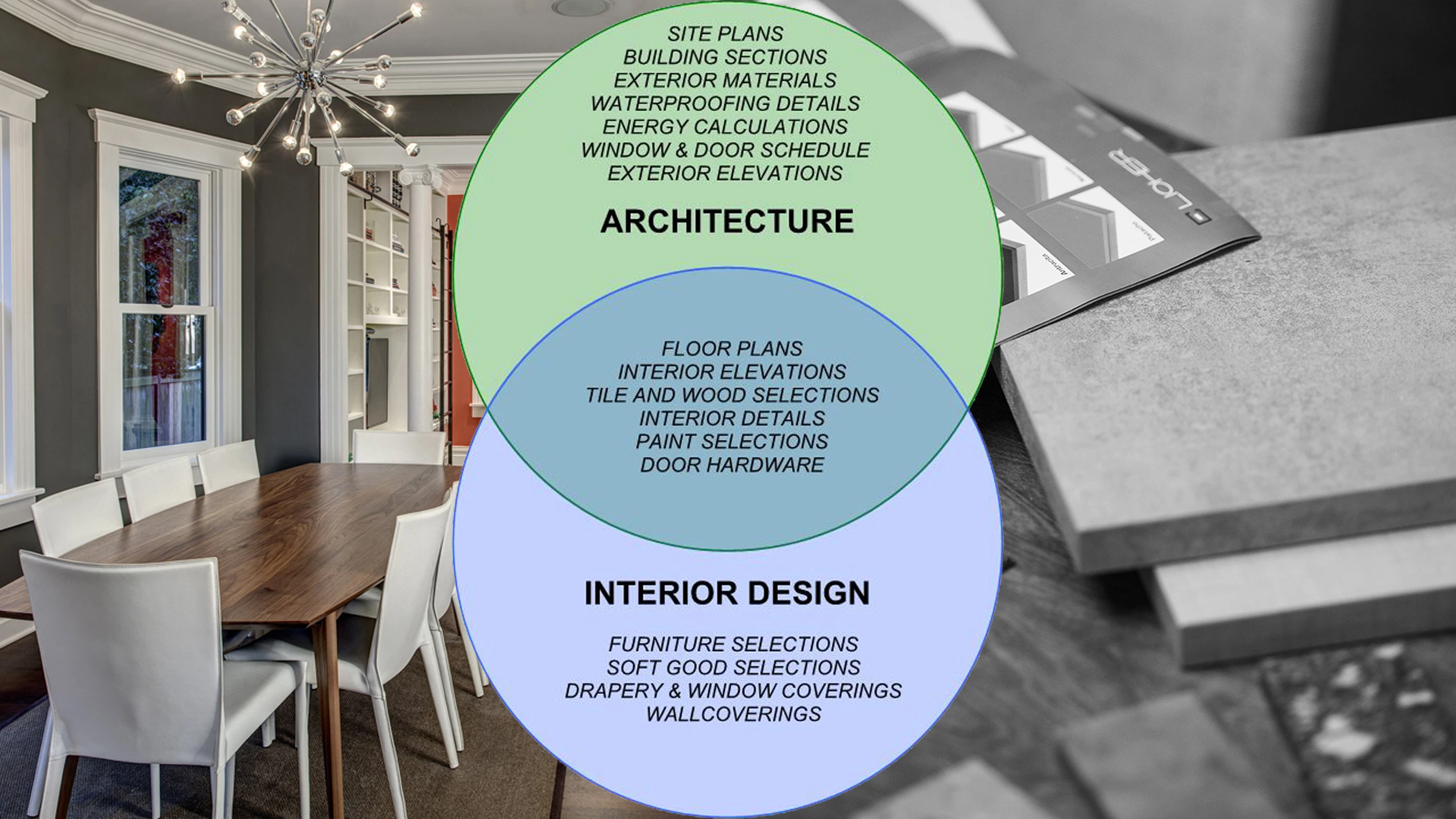The Art of Balance: Just How Interior Design and Home Designer Collaborate for Stunning Outcomes
In the world of home layout, striking a balance between visual appeals and performance is no small task. This fragile equilibrium is achieved through the harmonious cooperation between interior designers and architects, each bringing their special know-how to the table. Stay with us as we discover the ins and outs of this joint procedure and its transformative impact on home design.
Comprehending the Core Differences In Between Interior Decoration and Home Design
While both Interior Design and home architecture play vital functions in creating cosmetically pleasing and useful spaces, they are inherently different disciplines. Home architecture largely concentrates on the architectural aspects of the home, such as constructing codes, safety guidelines, and the physical building of the space. It manages the 'bones' of the structure, working with spatial dimensions, bearing walls, and roofing system layouts. On the other hand, Interior Design is much more concerned with improving the sensory and visual experience within that framework. It entails choose and preparing furnishings, selecting color pattern, and integrating attractive components. While they operate in tandem, their roles, obligations, and locations of expertise split considerably in the creation of a harmonious home setting.
The Harmony In Between Home Architecture and Interior Layout
The harmony in between home style and Interior Design depends on a common vision of design and the improvement of practical visual appeals. When these two areas line up harmoniously, they can transform a living space from common to extraordinary. This partnership calls for a much deeper understanding of each self-control's concepts and the capability to produce a cohesive, aesthetically pleasing atmosphere.
Unifying Design Vision
Linking the vision for home architecture and indoor layout can develop a harmonious living area that is both functional and cosmetically pleasing. It promotes a synergistic strategy where building elements enhance indoor style components and vice versa. Thus, unifying the style vision is essential in mixing design and interior design for spectacular outcomes.
Enhancing Functional Aesthetics
How does the harmony between home architecture and Interior Design boost functional appearances? This harmony makes it possible for the creation of rooms that are not just aesthetically attractive but additionally pleasantly useful. Architects lay the groundwork with their architectural style, ensuring that the area is efficient and functional. The interior designer after that complements this with very carefully picked elements that enhance the aesthetics without endangering the performance. This harmonious partnership can result in homes that are both livable and lovely. For example, a designer may create a residence with huge home windows and high ceilings. The interior designer can then highlight these functions with high plants and large drapes, specifically, hence improving the aesthetic allure while keeping the functional benefits of natural light and spaciousness.
Importance of Partnership in Creating Balanced Spaces
The partnership between interior developers and engineers is critical in producing well balanced rooms. It brings harmony in between style and design, offering birth to spaces that are not just aesthetically pleasing however additionally practical. Discovering successful collective techniques can supply insights into how this synergy can be efficiently accomplished.
Integrating Layout and Design
Balance, a necessary aspect of both Interior Design and design, can only truly be accomplished when these 2 areas operate in consistency. This consistency is not merely a visual consideration; it affects the performance, toughness, and ultimately, the livability of a space. Inside designers and designers must understand each other's duties, appreciate their expertise, and connect successfully. They need to take into consideration the interaction of structural aspects with design, the flow of rooms, and the influence of light and color. This collaborative process leads to a cohesive, well balanced layout where every aspect has a purpose helpful resources and contributes to the general aesthetic. Balancing style and design is not simply about producing beautiful rooms, however about crafting spaces that function effortlessly for their read this article inhabitants.
Effective Joint Strategies

Situation Researches: Successful Combination of Layout and Architecture
Taking a look at a number of study, it comes to be noticeable exactly how the successful assimilation of Interior Design and style can transform a space. The Glass Home in Connecticut, renowned for its minimalistic elegance, is one such example. Architect Philip Johnson and interior developer Mies van der Rohe worked together to develop an unified equilibrium between the interior and the framework, resulting in a smooth flow from the outside landscape to the inner living quarters. One more exemplar is the Fallingwater Home in Pennsylvania. Architect Frank Lloyd Wright and interior developer Edgar Kaufmann Jr.'s collaborative initiatives cause an amazingly special house that blends with its natural environments. These study underscore the profound effect of an effective layout and design partnership.

Conquering Challenges in Style and Design Partnership
Despite the obvious advantages of an effective partnership in between interior layout and architecture, it is not without its difficulties. Designers might focus on architectural stability and safety and security, while designers focus on convenience and design. Effective communication, mutual understanding, and compromise are essential to get rid of these challenges and attain a page successful and unified collaboration.

Future Patterns: The Evolving Connection Between Home Architects and Interior Designers
As the world of home design remains to develop, so does the connection in between engineers and interior developers. The fad leans in the direction of a more incorporated and collective approach, damaging complimentary from standard roles. Architects are no longer only concentrated on structural stability, yet likewise involve in boosting aesthetic allure - Winchester architect. Conversely, interior developers are accepting technical facets, affecting general design and capability. This developing symbiosis is driven by innovations in technology and the growing demand for areas that are not only visually pleasing yet also useful and sustainable. The future guarantees a more cohesive, innovative, and flexible method to home design, as engineers and developers remain to blur the lines, cultivating a relationship that genuinely embodies the art of equilibrium.
Final thought
The art of balance in home layout is achieved with the unified collaboration in between interior designers and architects. In spite of difficulties, this partnership cultivates development and development in design.
While both indoor layout and home design play necessary functions in developing cosmetically pleasing and functional areas, they are inherently various disciplines.The synergy between home style and indoor style lies in a shared vision of design and the improvement of useful visual appeals.Combining the vision for home design and indoor layout can produce an unified living space that is both functional and visually pleasing. Hence, unifying the style vision is essential in blending design and interior style for spectacular results.
How does the harmony in between home style and interior style improve useful visual appeals? (Winchester architect)